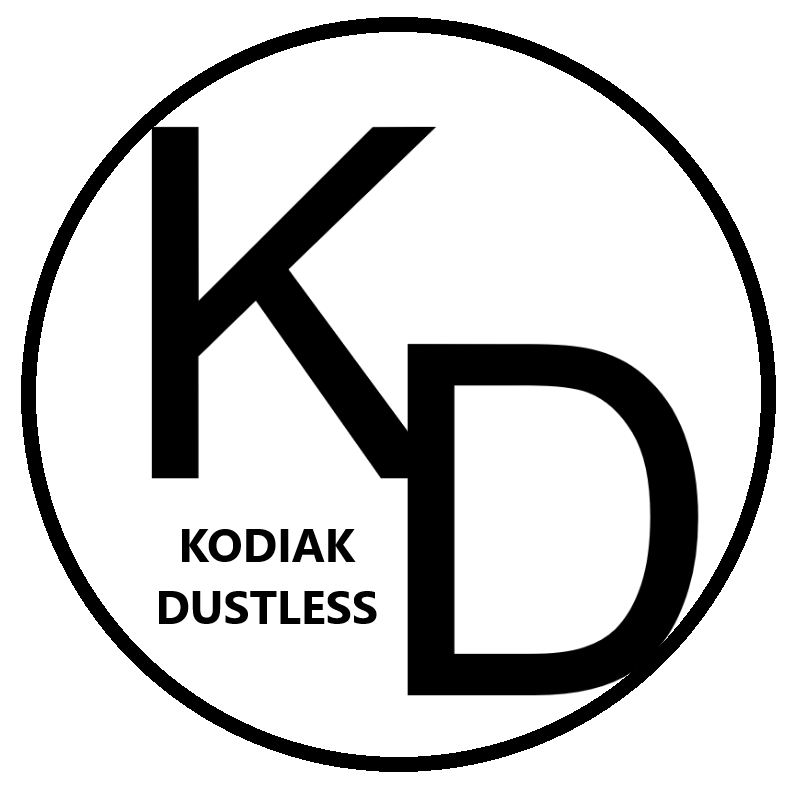
Preparing a subfloor entails more than just sweeping away dirt and dust. The bonding procedure must be set up to be tailored to the requirements of the subfloor. Therefore, knowing the necessary components of a strong bonding is crucial.
If your floor installation goes well and lasts as long as possible, you need to take the necessary life floors.
Flooring removal professionals in Queen Creek are also highly skilled tile installers. As a result, we are well-versed in the importance of bonding and how to prepare a floor properly.
When Dealing With Flooring, What Does The Term “Bonding” Mean?
Using an adhesive, flooring can be secured to the subfloor. Consequently, using a universal adhesive is one way to guarantee uniform spacing and a sturdy result.
Incorrect installation might lead to structural problems that reduce the flooring’s life. However, mistakes are common when using the incorrect adhesive or mortar or when the weather is uncertain. You’ll need the help of Kodiak Dustless’s dustless tile removal experts.
In addition, it is crucial to recognize the differences between well-bonded and poorly-bonded floors.
What Are the Signs That the Floor Has Been Adequately Bonded?
Moisture-Resistant
The stability and structural integrity of the floors are compromised because the bonded material can absorb moisture.
Ensuring humidity in the area and checking for leaks around the floor are also essential parts of a moisture-resistant design.
Full-Scale Planning
Dust-free tile removal is beneficial for subfloor preparation. The flooring will not adhere to the subfloor if the floor is not prepared correctly. Kodiak Dustless is your best bet if you need a subfloor prepared. Before installing new flooring, we remove the dust thoroughly.
Steady Temperature
The heat from the environment can weaken the bonding between the floor and the subfloor. Adhesion can be influenced by environmental factors such as humidity and temperature. Because of this shrinking, flooring gaps and structural concerns arise; therefore, durability is an essential criterion for floor bonding.
Total Adhesion
Adhesion to the subfloor can be ensured with good floor bonding. Changes in temperature or humidity won’t cause the adhesive to move.
This is evidence of excellent bonding and surface preparation. Usage an adhesive that is safe for use with minerals. Experts in tile removal in Queen Creek Kodiak can rip up any floor, regardless of the adhesive used to remove it.
How Can We Prevent Floors from Not Adhering Properly?
Clean up the subfloor.
Inadequate surface preparation is a leading cause of unsatisfactory flooring bonding. Subfloors with tile dust can affect the performance of new flooring adhesives. Even out the subfloor so it can support the new flooring. There will be no more questions after reading this. This eliminates the possibility of bonding issues in the flooring.
Make the base Watertight
It is crucial to ensure that the bonding process is watertight. The moisture around the flooring can be managed to help. Start by taking a reading of the relative humidity in the room. Sealing up cracks in the flooring will help prevent water from entering the subfloor. The result won’t be warped. A sturdy base can take the heat. So, it’s crucial to seal the base against water.
Queen Creek Dustless Tile Removal Helps With Floor Bonding
Floors must be adequately bonded. However, before you start, you must learn the ins and outs, such as adequately preparing the subfloor. Leaving it to chance could lead to damaged flooring in the future, so it’s not a good idea.
Kodiak Dustless is the best option for subfloor preparation and post-tiling cleanup.
Contact Kodiak Dustless, or you can fill in the compact form for a direct reply.
You can check out customer reviews here, ‘SoTellUs,’ and also the for more information.

